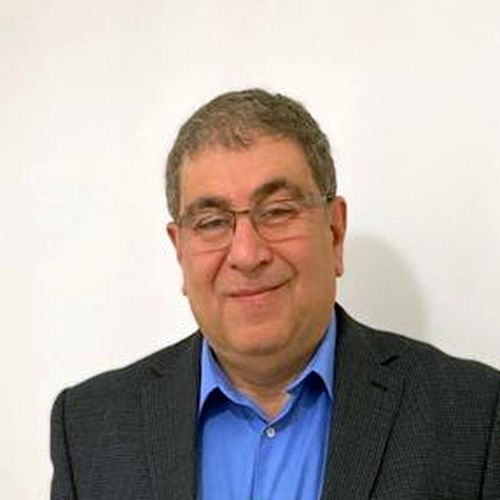About This Webinar
In recent years, hand-held spectrophotometers have gained a lot of popularity because they can be deployed in the field. Rather than bringing the object under analysis to the lab and using a bulky spectrophotometer, one can now bring the hand-held spectrophotometer to the field.
Typical hand-held spectrophotometers use collimating optics, a diffraction grating, and a linear array to detect different wavelength regions on different array elements. However, advancement in MEMS has made it possible to produce a digital micromirror device (DMD) board with columns of tiny mirrors, which can turn toward and away from a single element detector. This will reduce the cost of the hand-held spectrophotometer and has signal-to-noise advantages because the size of the detector can be enlarged.
There is a big need in different industries to monitor food ingredients such as protein and moisture in wheat, sort objects such as in plastic recycling, and determine the presence or absence of an ingredient. All of these tasks can be accomplished by using hand-held spectrophotometer data and chemometrics modeling of the data, such as partial least square (PLS) regression, principal component analysis (PCA), and linear discriminant analysis (LDA).
Mani will give examples of the data taken by a digital light processing (DLP) spectrophotometer and the follow-up chemometrics modeling.
***This presentation premiered during the
2023 Photonics Spectra Conference. For more information on Photonics Media conferences, visit
events.photonics.com.
About the presenter

Rez Mani, Ph.D., received a master’s degree in engineering physics from McMaster University in Hamilton, Ontario, Canada, with a focus on the optical properties of semiconductors. He followed this with a doctorate in earth and space science from York University in Toronto, with a focus on satellite optical instrumentation. Mani has over 20 years of experience in photonics, which includes spectroscopic instrumentation, lasers, horticultural lighting, colorimetric standards, laser testing for single-event effects (SEE), and laser cleaning systems. He is a voting member of the Color Committee of the Illumination Engineering Society (IES). He has worked for Allied Scientific Pro as an applications scientist since 2018.